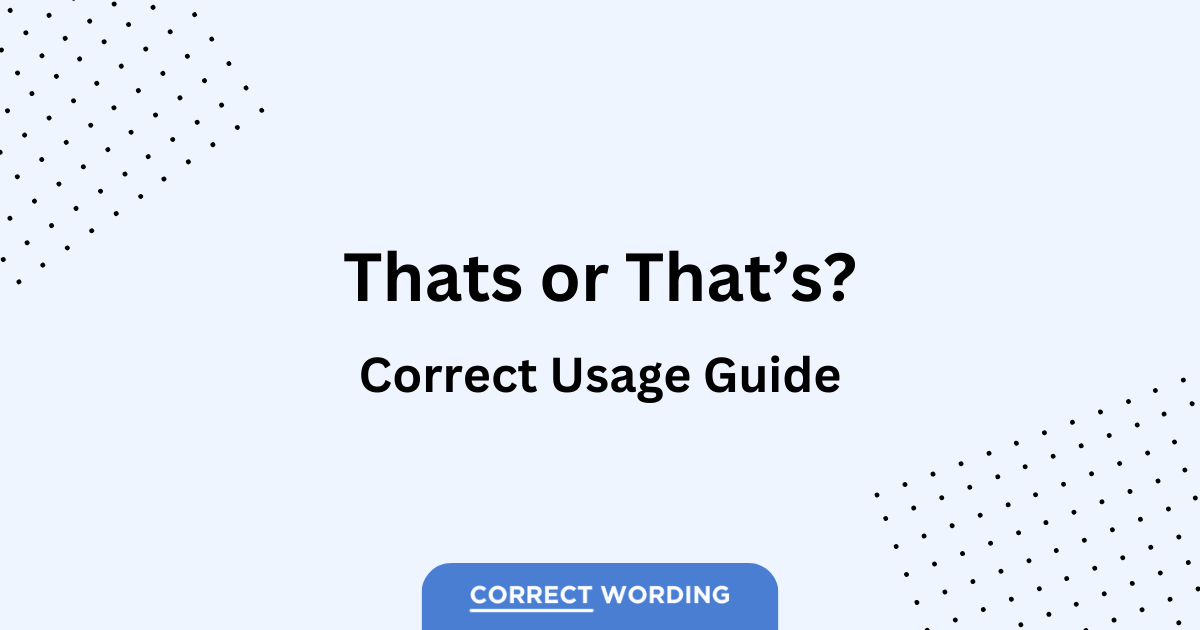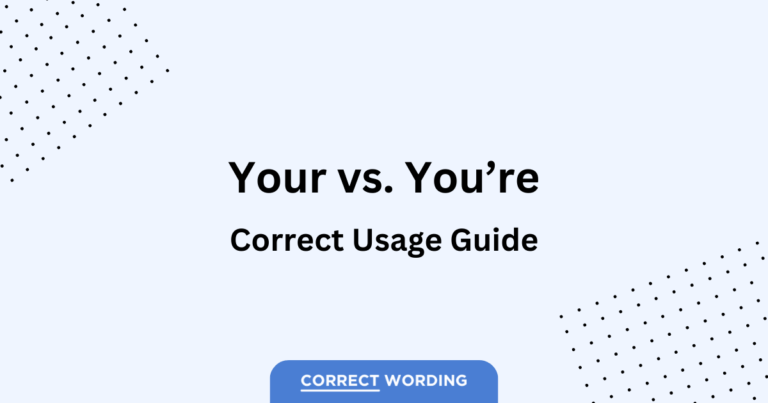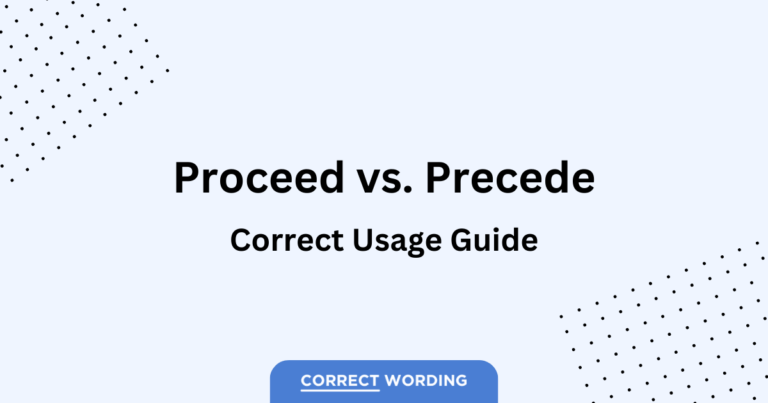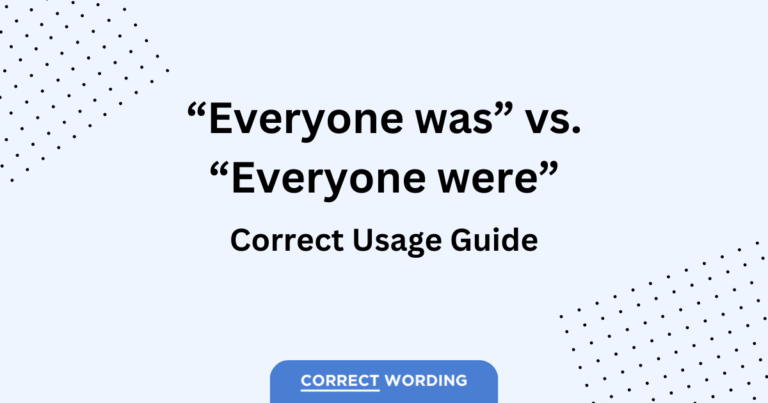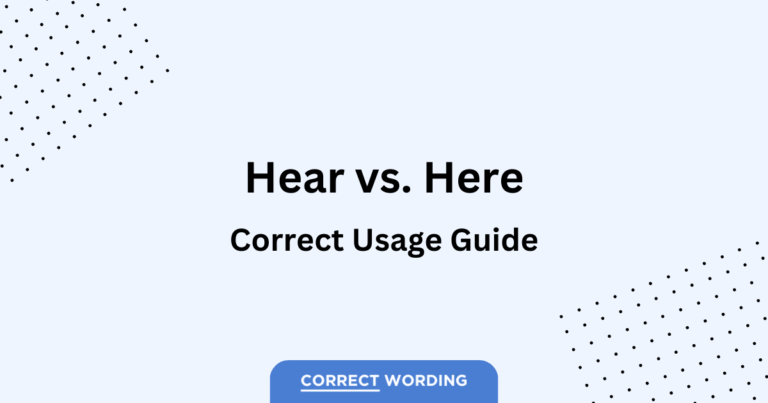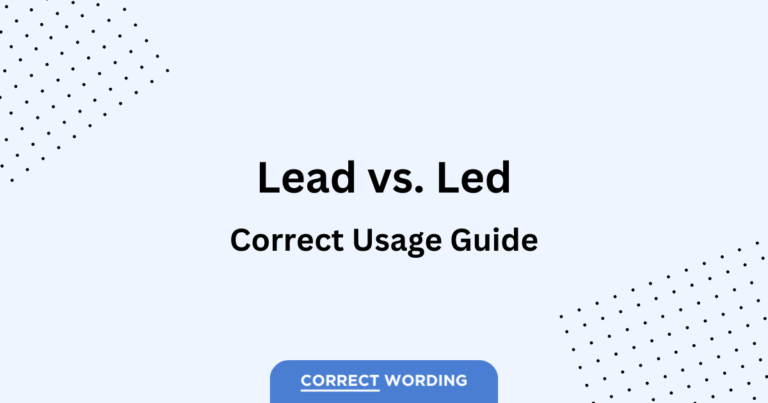Thats or That’s – Which is Correct?
In English, contractions and possessives often make use of apostrophes, which can be a source of confusion.
This becomes evident with terms like “thats” and “that’s.”
Understanding the distinction between these words is crucial for clarity in communication. Let’s examine their proper usage.
Quick Summary
“Thats” is typically a typo or a non-standard spelling of the plural form for “that” (which should be “thats” with an apostrophe). On the other hand, “that’s” is a contraction of “that is” or “that has.” The presence of the apostrophe signifies the contraction.
“Thats” vs. “That’s” – Which is Correct?
Of the two, only “that’s” is recognized as a standard term in English.
| Term | When to Use | Example |
|---|---|---|
| Thats | Generally considered a typo or non-standard | Incorrect usage: The things thats important. |
| That’s | Contraction of “that is” or “that has” | That’s the book I was talking about. |
How to Use “That’s”
“That’s” is a contraction of either “that is” or “that has.” It’s used in both informal and formal contexts.
- As “that is”:
- Example: That’s a good point.
- As “that has”:
- Example: That’s been on my mind lately.
How Not to Use “Thats”
“Thats” without an apostrophe is typically a typo in English. If you’re trying to indicate possession for the pronoun “that,” the correct form would be “that’s,” just like the contraction. However, in most contexts, using “that” as a possessive is rare and can be awkward.
- Incorrect usage: The car thats red is mine. (The correct form is “The car that’s red is mine,” using “that’s” as a contraction of “that is.”)
Conclusion
Distinguishing between “thats” and “that’s” is essential for clear and standard communication in English. “That’s” is a contraction representing either “that is” or “that has,” while “thats” without an apostrophe is generally a typo or non-standard usage.
Always ensure the presence of the apostrophe when intending to use the contraction for precision and clarity. Refer to this guide when differentiating between “thats” and “that’s” to maintain accurate communication.

